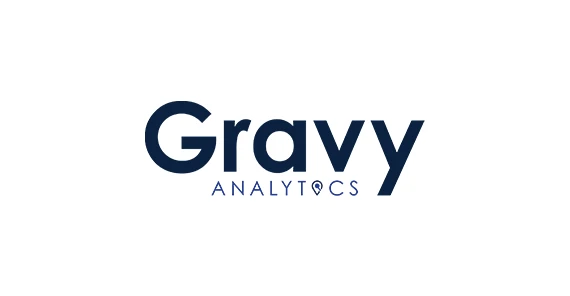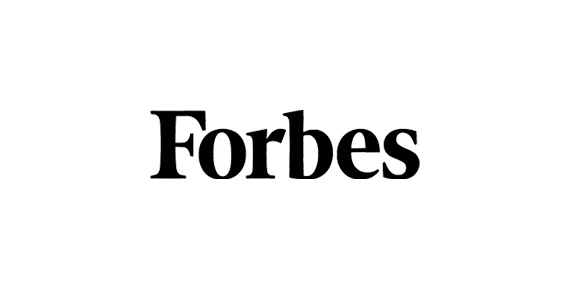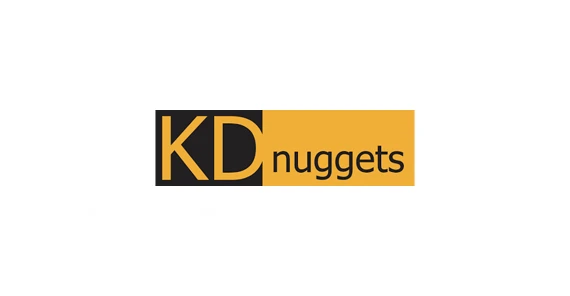5 Ways Location Intelligence Helps Retailers Drive Better Business Results
October 28, 2020

Location intelligence can help businesses gain valuable insights into their customer preferences and interests, competitors, and potential market. They can use these insights to make strategic business decisions. This article covers how location intelligence can help retailers improve business results and deliver an excellent customer experience.
For a few years now, many companies have been using location data and location intelligence on a local, regional, and global scale to make business decisions, improve ROI, and enhance the customer experience. The importance of location intelligence continues to grow in 2020. According to Forbes, 53% of enterprises say that location intelligence is either very important or critically important to achieving their goals this year.
Further, in times of crisis such as COVID-19 and the post-pandemic era, location intelligence has become all the more necessary. It gives companies, especially retailers, an understanding of customers’ purchasing patterns and preferences so that they can deliver hassle-free shopping experiences. Simultaneously, it also helps them make critical business decisions – whether to move into (or out of) a new market, what hours a store should operate, how to improve their supply chain efficiency, and more.
Here are five ways location intelligence can help retail businesses improve their results both in good and bad times.
#1 Delivering Relevant Communications
With an increasing demand for personalization by customers, location data can be smartly paired with the first-party data to deliver targeted and personalized messaging. By tracking customer movements and buying patterns in and around a store, businesses can understand their customer interests and preferences. These insights can help brands deliver messages that are relevant to their customers.
For example, retailers can set up geofencing in certain parts of the stores. When a customer enters or exits that particular area, they can send appropriate messages, offers, or discounts related to the product or similar products to the shopper. Retailers can also identify customer buying patterns and send them appropriate deals and offers. Similarly, they can use location intelligence to help customers who prefer BOPIS (buy online, pick up in-store). According to Incisiv’s The New Store Shopper in High-Touch Retail study, about 80% of shoppers plan to increase BOPIS and curbside pick-up over the next few months. Using location intelligence, the retailer can suggest the nearest store or vendor where customers can pick up their product.
Jeff White, the Founder and CEO of Gravy Analytics, says, “When brands understand where people go and what they do there, they can create advertising and marketing campaigns that connect more profoundly with their target audience and perform better.”



